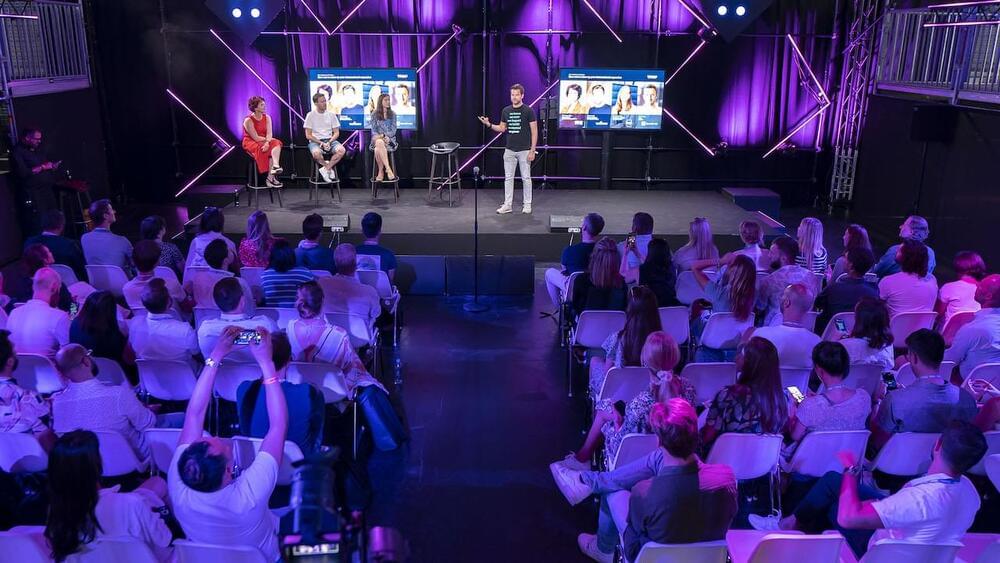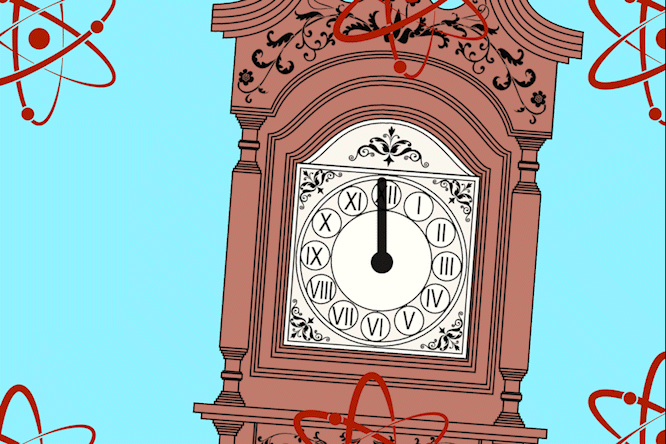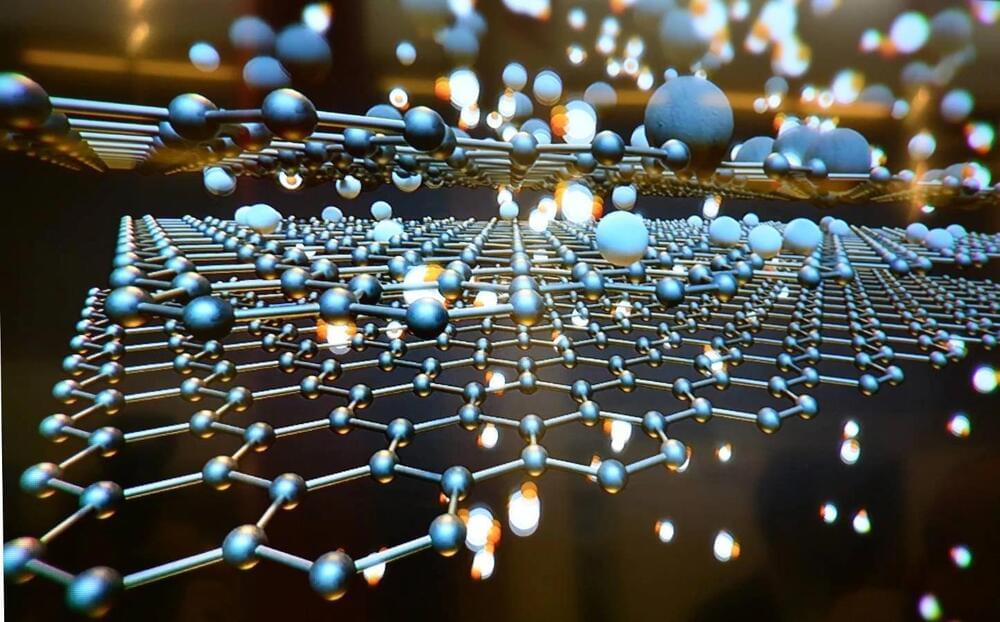View insights.
The tech industry has more power than ever before. It’s time to leverage it to create real social, environmental, and political change. property= description.


An apparent scooping turned into something much more valuable.
Before starting their weekend, Rosie Somerville and Marina Pérez-Jiménez decided to quickly check the latest literature. A few minutes later, the lab WhatsApp group was on fire. After months of arduous work on different organometallic complexes, some of them had just been published. What now?
Very often, researchers across the world work on similar developments without knowing about each other’s results. The latest recipients of the Nobel prize for chemistry, Benjamin List and Dave MacMillan, independently developed organocatalysis. But sometimes the science hall of fame works on a first-come, first-served basis. What if someone scoops the discovery?


MIT physicists have significantly amplified quantum changes in atomic vibrations, allowing them to exclude noise from the classical world. This advance may allow them to measure these atomic oscillations, and how they evolve over time, and ultimately hone the precision of atomic clocks and of quantum sensors for detecting dark matter or gravitational waves.

Mesmerising aerial footage has captured a huge swarm of jellyfish off the coast of Israel.
The country’s marine authorities were inspecting the waters of Haifa Bay during the annual jellyfish migration, when its boat was surrounded.
Israel Parks and Nature Authority said that pollution and climate change are increasing the intensity of the jellyfish swarms.

Advances in low power technology are making it easier to create wireless sensor networks in a wide range of applications, from remote sensing to HVAC monitoring, asset tracking and industrial automation. The problem is that even wireless sensors require batteries that must be regularly replaced—a costly and cumbersome maintenance project. A better wireless power solution would be to harvest ambient mechanical, thermal or electromagnetic energy from the sensor’s local environment.
Typically, harvestable ambient power is on the order of tens of microwatts, so energy harvesting requires careful power management in order to successfully capture microwatts of ambient power and store it in a useable energy reservoir. One common form of ambient energy is mechanical vibration energy, which can be caused by motors running in a factory, airflow across a fan blade or even by a moving vehicle. A piezoelectric transducer can be used to convert these forms of vibration energy into electrical energy, which in turn can be used to power circuitry.

Circa 2018 unlimited energy using graphene.
University of Arkansas researchers have shown that the motion of graphene could supply an unlimited amount of clean energy. (Image credit: Pixabay)Graphene advancements are rolling out on a regular basis, with new developments in production 0, strength 0, and have even used it to create 3D printed objects. Researchers from the University of Arkansas have also utilized the material to create a source of potential unlimited clean energy, thanks to its flexibility.

Tedros said the risk posed by monkeypox is moderate globally, but the threat is high in Europe. There’s clearly a risk that the virus will continue to spread around the world, he said, though it’s unlikely to disrupt global trade or travel right now.
In early May, the United Kingdom reported a case of monkeypox in a person who recently returned from travel to Nigeria. Several days later, the U.K. reported three more cases of monkeypox in people who appeared to have become infected locally. Other European nations, Canada and the U.S. then also began confirming cases. It’s unclear where the outbreak actually began.
The WHO last issued a global health emergency in January 2020 in response to the Covid-19 outbreak and two months later declared it a pandemic. The WHO has no official process to declare a pandemic under its organizational laws, which means the term is loosely defined. In 2020, the agency declared Covid a pandemic in an effort to warn complacent governments about the “alarming levels of spread and severity” of the virus.
Visit https://brilliant.org/MarcusHouse/ to get started learning STEM for free, and the first 200 people will get 20% off their annual premium subscription.
The steady stream of news continues. Where we had unexpected explosive things to dive into last week, this week a much more positive, planned and progressive run of testing at SpaceX’s Starbase. SpaceX Starship Pressure Builds, Starbase 2 also screaming forward. Starlink Breaks Record with Starlink with an almost relentless cadence of Falcon 9 hurling launch after launch into orbit. Loads more to talk about with the wonders coming from the JWST, a bunch of news with Relativity Space Terran 1 and much more. Welcome to yet another incredible week.
Join the mailing list to be notified when I release a video.
https://marcushouse.space/email-list.
👕Like this shirt? Pick it up on any product you like here.
https://marcus-house.myspreadshop.com/star+ship+mars+-+dark?…6c7eb40b76
Or in reverse.
https://marcus-house.myspreadshop.com/star+ship+mars+-+light…70513a72c1
🎁 Marcus House Merch — https://marcus-house.myspreadshop.com/
You can support me on:
Each potential flight will last more than a month.
With that out of the way, Artemis I should be able to fly in late August or early September.